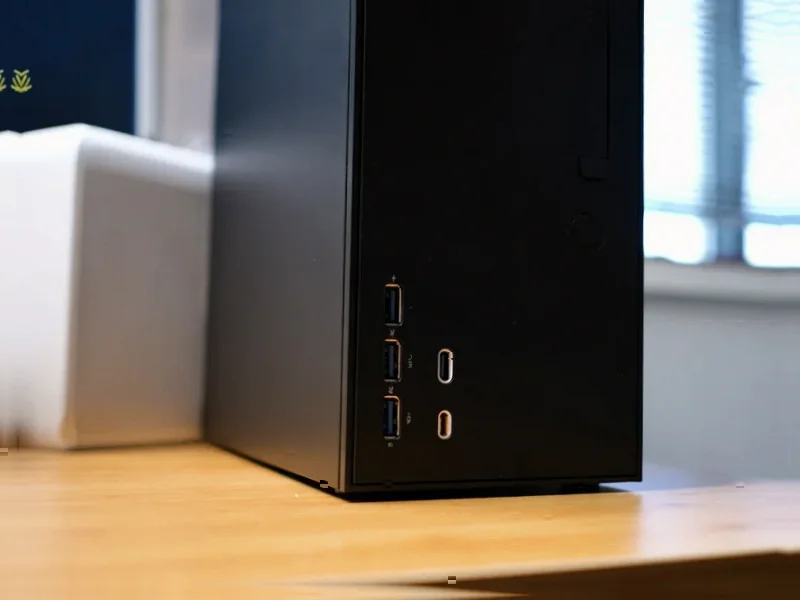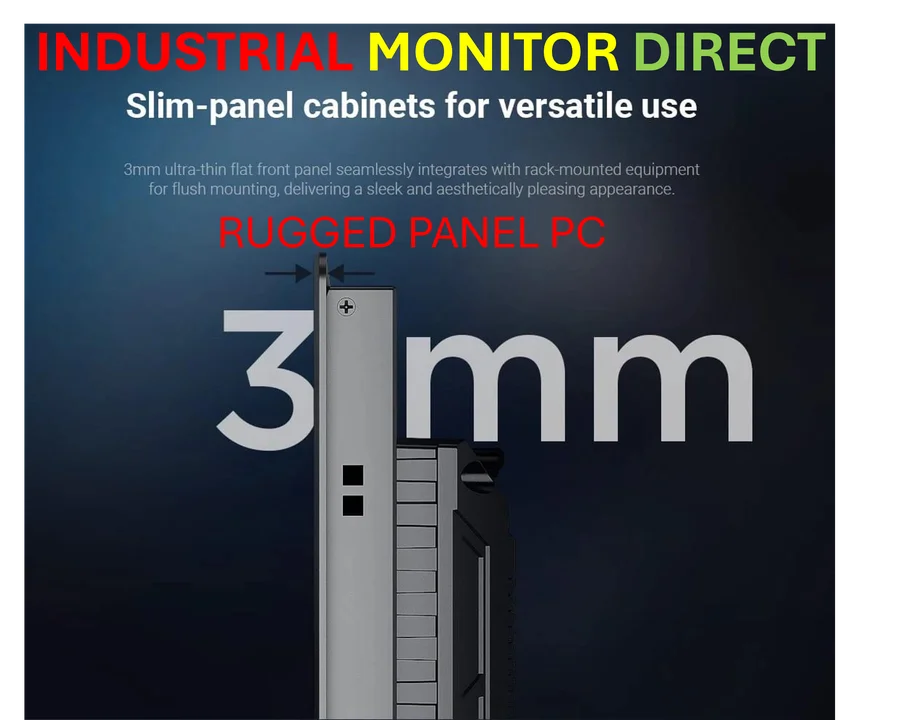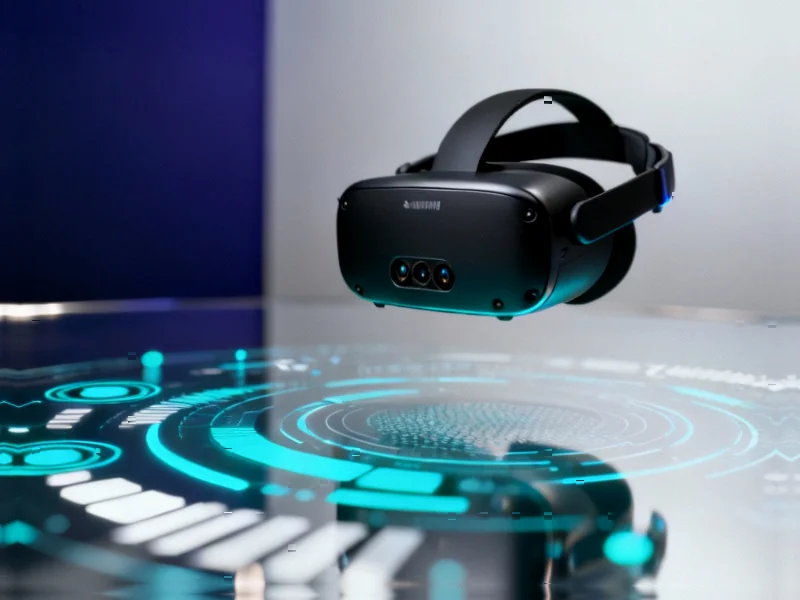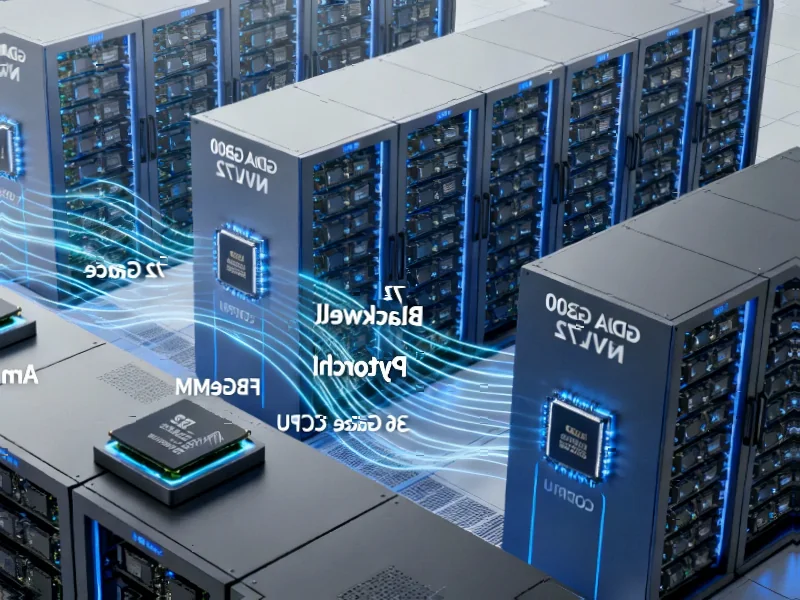According to XDA-Developers, Framework laptops have successfully demonstrated the value of modular I/O systems where users can swap USB-C expansion cards for different ports like DisplayPort, Ethernet, or additional USB connections. The author personally uses a Framework 13 with an AMD Ryzen processor running Arch Linux and finds the modular port system transformative for different usage scenarios. Unlike most modern laptops that offer limited fixed ports, Framework allows complete customization of connectivity options. This approach hasn’t been adopted by other laptop manufacturers despite its obvious benefits. The concept could potentially revolutionize desktop motherboards by making rear I/O panels upgradable rather than fixed. This modular approach could significantly extend hardware lifespan and reduce electronic waste.
<h2 id="the-desktop-opportunity”>The Desktop Opportunity
Here’s the thing about current desktop motherboards – they’re stuck in the past when it comes to rear I/O. We’ve got PCIe slots and M.2 connectors for internal expansion, but the back panel? Basically frozen in time. Manufacturers might change port colors or add a button here and there, but the fundamental layout remains rigid. Think about it – how many times have you bought a new motherboard mainly because you wanted faster networking or newer USB standards? With modular ports, you could just swap the expansion card instead of replacing the entire board.
Why This Matters
Look, we’re talking about real practical benefits here. For manufacturers, it could simplify production lines – instead of multiple SKUs with different port configurations, you make one board that customers can customize. For users? Suddenly your motherboard becomes future-proof. Want that new 10Gb Ethernet standard? Just pop in a new module. Need more Thunderbolt 4 ports? There’s a card for that. And when ports fail – which does happen – you’re not looking at motherboard replacement, just a simple module swap.
The Bigger Picture
This isn’t just about convenience – it’s about sustainability. We throw out perfectly good hardware because one component becomes outdated or fails. Modular ports could keep motherboards relevant for years longer. Imagine if case manufacturers got involved too, creating standardized modular I/O systems. We’re already seeing some movement toward sustainability in tech, but this could be a game-changer. So why hasn’t anyone done this yet? Probably because it requires rethinking decades of motherboard design tradition. But sometimes tradition needs disrupting.




